After six months of full time work with JEIC I’m still seeing things with “newbie” eyes. One observation that stands out to me is what appears to be a replication of effort among many precincts, all of which share the cause of improving Jewish day school education. Many of us seem to be simultaneously re-inventing the wheel. Perhaps this is part of what The AVI CHAI Foundation recognized when they approached the various Jewish day school networks to propose the umbrella organization, which has since developed into Prizmah.
Below are three examples from the many I have recently encountered of what may exemplify a less efficient use of resources:
Personalized learning with a combination of classic instruction, small group work, and a playlist of individualized online learning seems to be quite efficacious. A number of Jewish day schools are pursuing this type of learning, utilizing two different platforms. Is this because they serve different needs? Is it because funders prefer one over the other? Would it be better if all of the day schools utilizing this approach used the same platform so that we would have a larger population, both for research purposes and for communities of practice?
A number of institutions are creating both synchronous and asynchronous online lessons that students can access to learn various parts of TaNaKH [Bible] or other books in Kitvei HaKodesh [the sacred writings]. Although the specifics are different, the end goal of distance learning for middle and high schoolers is shared, albeit with money being spent by each organization to create similar lessons. Would we be better off if these institutions pooled their resources? Could we create a wider range or a deeper dive of lessons if there were one set to tailor based on schools’ and students’ needs?
Chumash curricula [Five books of Moses] seem to abound. Different workbooks present slightly different slants on how to teach/learn Chumash. At the end of the day, most of them want to have students learn to independently decode, access text, and draw interpretations and moral lessons from the Mikra [text]. Despite the denominational approaches, we all share the same text. Might we benefit from having one curriculum that could be molded for use in a broader range of day schools?
I am well aware that we live in a capitalist society, and competition is the name of the game. It ostensibly makes everyone’s products better or cheaper or more efficient, given that the consumers have the option to acquire any of the brands they choose. Is this true in Jewish education also? Should we be in competition with others within this realm? I would hope that none of us is in this to make our fortunes off the backs of the next generation of Jews. What then do we accomplish by replicating our efforts?
Clearly, I have more questions on this topic than answers. I invite responses to illuminate the reasons behind or necessity of the apparent duplication of efforts. As I delve more deeply into the world of Jewish educational philanthropy, I would love to hear voices address the issue of how best to use our limited resources in the greatest service of educating the next generation of Jews.

